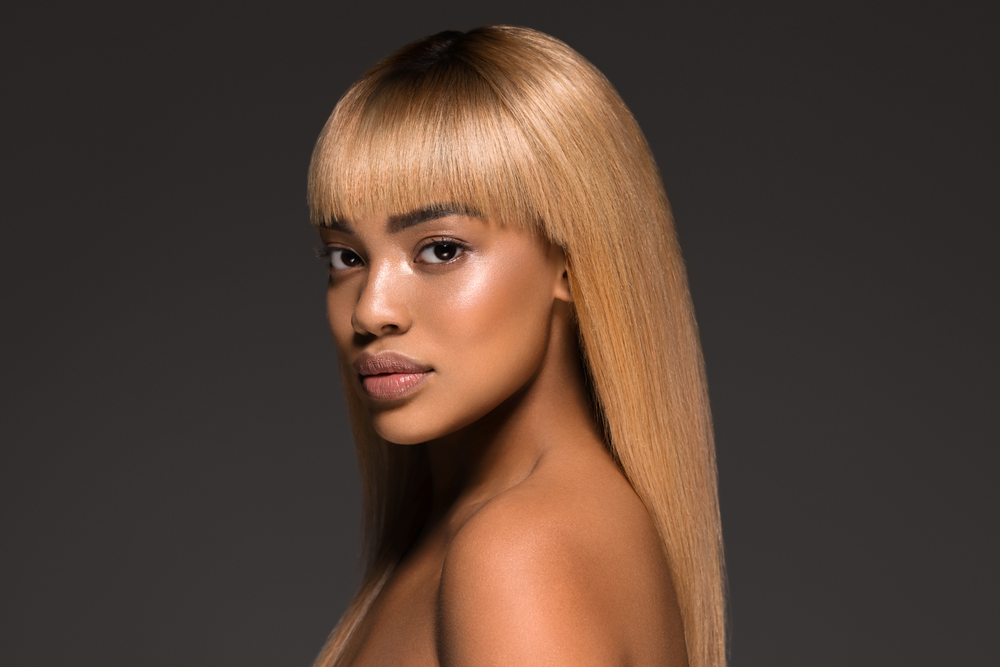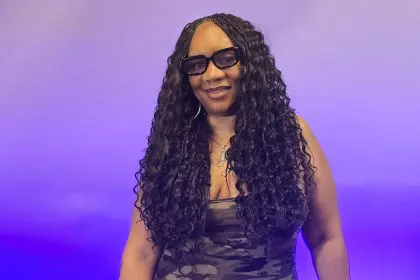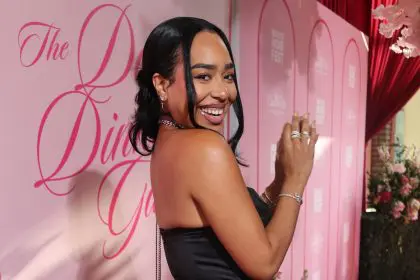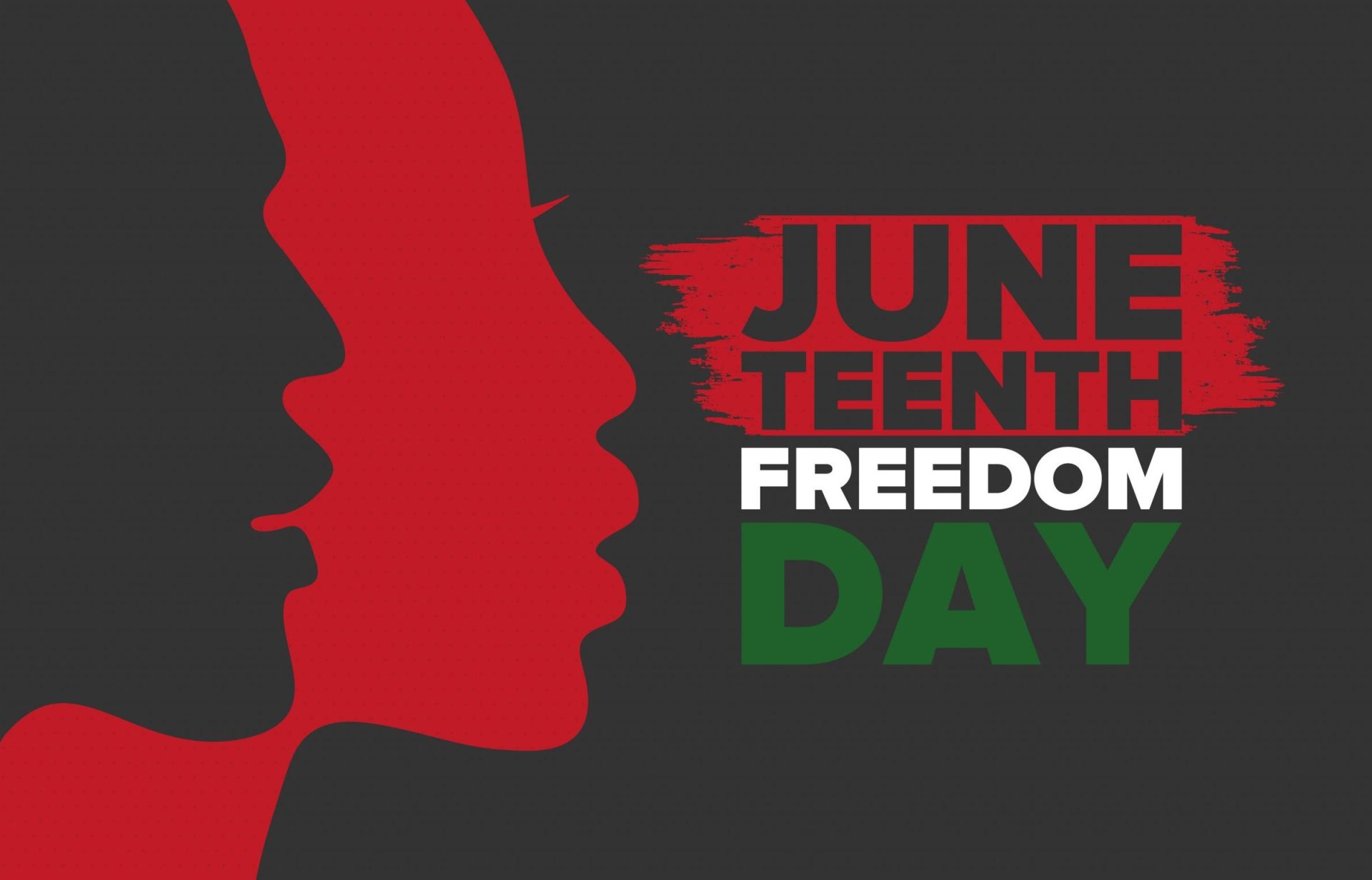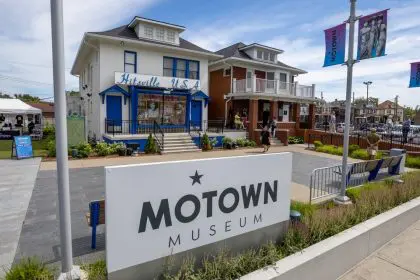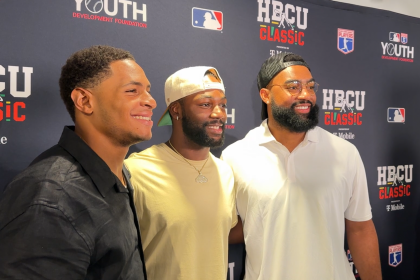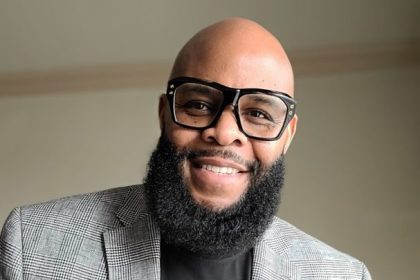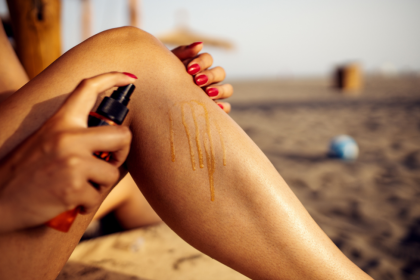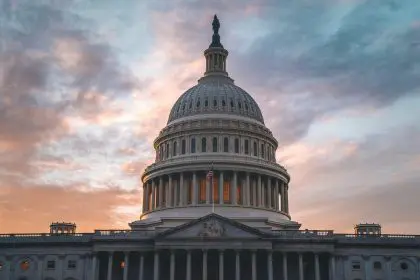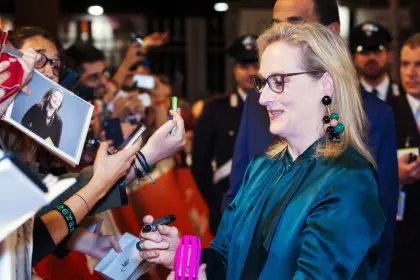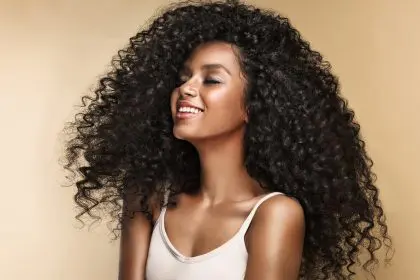The blonde revolution among Black women continues to gain momentum in 2025, transforming what was once considered a predominantly white aesthetic into a powerful statement of self-expression for women of color. As this trend accelerates across social media platforms and urban centers nationwide, it challenges long-held beauty standards while offering new avenues for personal reinvention.
The cultural shift
Breaking traditional boundaries
Historically, blonde hair has carried complex associations with whiteness, privilege, and conventional beauty standards. The terminology itself often served as cultural shorthand for a specific archetype of attractiveness, one that excluded Black women by definition. However, 2025 has witnessed a remarkable transformation as Black women increasingly embrace blonde styles as their own.
This shift represents more than just a fashion statement. Social commentators observe that by adopting blonde hair, Black women are actively reclaiming aesthetic choices that were previously off-limits, challenging the notion that certain looks “belong” to specific racial groups.
Popular culture has played a significant role in normalizing blonde hair for Black women. Influential celebrities have showcased various blonde styles over the years, from honey-hued braids to platinum pixie cuts. Their visibility has helped pave the way for everyday women to experiment with similar looks, leading to the viral #BlackBlondeSummer hashtag that has garnered millions of posts across social media platforms.
Personal transformations
Finding confidence through change
Many Black women begin their blonde journey tentatively, often experimenting with wigs or temporary colors before committing to permanent changes. What starts as casual exploration frequently develops into a signature aesthetic that enhances confidence and self-expression.
The transition can bring unexpected challenges, particularly in professional environments with traditional expectations. Some women report facing stereotypical comments or unconscious bias when debuting blonde styles in workplaces. However, many find that navigating these reactions ultimately strengthens their sense of self. The striking contrast between deeper skin tones and blonde hair creates a bold aesthetic that many describe as personally empowering.
For some, blonde hair represents a form of personal reinvention following major life changes. Women emerging from relationships or career transitions sometimes choose dramatic hair transformations as external symbols of internal growth. The process of shaving one’s head and rebuilding with a completely new color can serve as both physical and emotional catharsis.
Blonde styles require unwavering confidence, especially for women with deeper skin tones. The high-contrast look demands self-assurance and ownership of one’s aesthetic choices. This requirement creates an interesting psychological feedback loop: the style demands boldness, which in turn fosters greater confidence in other aspects of life.
Redefining beauty standards
Challenging conventional aesthetics
A new generation of Black women increasingly recognizes that blonde hair creates a particularly striking contrast against deeper skin tones. For many, initial experiments with blonde styles can trigger temporary feelings of vulnerability, as dramatic changes often leave individuals feeling unexpectedly exposed.
Despite sometimes receiving unsolicited criticism from colleagues, friends, or romantic partners who might suggest more conventional hair colors, many women remain committed to their blonde aesthetic choices. This persistence underscores a broader philosophy about personal style: authentic experimentation is essential for discovering what truly resonates with one’s identity.
The practical realities
Maintenance and investment
The journey to blonde hair for Black women involves significant practical considerations. Hair professionals note that achieving vibrant blonde shades often requires multiple salon visits, particularly for those with naturally dark hair. The process typically involves careful lightening procedures to minimize damage while achieving the desired color.
Maintaining blonde hair represents a substantial investment of both time and money. Regular touch-ups are necessary to address root growth, while specialized hair care products are essential for preserving color vibrancy and hair health. Deep conditioning treatments become non-negotiable parts of the hair care routine to counteract the potential drying effects of bleaching processes.
Professional stylists increasingly recommend customized blonde tones based on individual skin undertones. Golden blondes often complement warmer complexions, while cooler platinum shades can create striking contrasts against deeper skin tones. This personalized approach has helped make blonde hair more accessible and flattering for diverse groups of Black women.
Community and cultural impact
Building a movement
Beyond individual choices, the blonde hair movement among Black women has fostered community connections. Online forums dedicated to Black hair care now feature specialized sections for blonde hair maintenance, where women share product recommendations, styling techniques, and salon referrals.
The increased visibility of Black women with blonde hair has created a virtuous cycle of representation. As more women embrace the aesthetic, they inspire others to consider similar transformations. This evolution demonstrates how personal style choices can collectively shift cultural norms around beauty and self-expression.
The trend also highlights changing attitudes toward professional appearance. Workplaces that once maintained rigid expectations about “appropriate” hairstyles for Black women increasingly accept diverse color choices, including blonde variations. This evolution reflects broader societal progress toward more inclusive definitions of professional presentation.
As 2025 progresses, Black women continue to redefine what blonde hair symbolizes, transforming it from an exclusionary standard into a versatile canvas for self-expression. Through this aesthetic choice, they demonstrate that beauty traditions can be reimagined and personalized across cultural boundaries, creating space for individual authenticity within evolving beauty norms.

